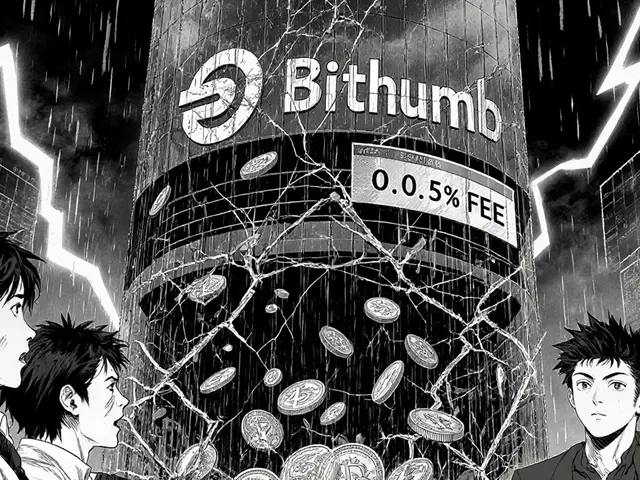OMGFIN Review: Features, Fees, and Security Explained
When checking out OMGFIN, a decentralized finance exchange that blends spot trading with real‑yield products. Also known as OMGFIN Exchange, it aims to give traders low‑cost swaps while offering a native token for fee discounts. Right next to it, Kujira Fin, a Cosmos‑based DeFi platform focused on real‑yield liquidity pools shows how yield strategies can shape user expectations. Then there’s Deepcoin, a high‑leverage derivatives exchange that pushes the limits on margin trading, providing a contrast in risk appetite. Finally, BitStorage, an exchange that markets itself on institutional‑grade security and cold‑storage practices, setting a benchmark for safety. Together these platforms illustrate the ecosystem OMGFIN lives in, where liquidity depth, fee structure, and security all intertwine.
OMGFIN’s tokenomics revolve around a utility token that grants fee rebates and governance rights – an entity‑attribute‑value trio that directly impacts trading costs. The platform’s fee model is tiered: makers pay 0.08%, takers 0.12%, which is lower than many centralized rivals but higher than ultra‑low‑fee DEX aggregators. This fee setup requires sufficient liquidity to keep slippage minimal, a semantic triple: "OMGFIN requires deep liquidity to reduce slippage". Compared to Kujira Fin’s real‑yield pools, OMGFIN’s yield options are less aggressive, so users looking for passive income often check both platforms. Deepcoin’s 125:1 leverage contrasts with OMGFIN’s modest 5x margin, highlighting a triple: "Deepcoin’s high leverage influences trader risk profiles, while OMGFIN’s lower leverage promotes stability". BitStorage’s multi‑layer security protocol – hardware isolation, regular audits, and insurance coverage – serves as another triple: "BitStorage’s security framework sets a benchmark that OMGFIN must meet to gain institutional trust". Across these connections, OMGFIN’s success hinges on balancing attractive fees, solid security, and enough liquidity to satisfy both casual swapper and yield‑seeker alike.
For anyone planning to trade or stake on OMGFIN, the practical takeaways are clear. First, check the liquidity pools for your preferred pairs – deeper pools mean tighter spreads. Second, consider holding the platform’s native token if you want consistent fee discounts; the token’s market cap and circulating supply give you a sense of price stability. Third, review the security disclosures: OMGFIN uses hardware wallets for cold storage and conducts quarterly audits, but it still trails BitStorage’s insurance‑backed model. Lastly, keep an eye on competing platforms like Kujira Fin or Deepcoin because shifts in their fee or yield offerings often ripple into OMGFIN’s pricing. With this context in mind, you’ll be ready to navigate the articles below – each one dives deeper into a specific aspect of OMGFIN, from token analysis to security audits, giving you the tools to decide if this exchange fits your trading strategy.
A detailed 2025 review of OMGFIN crypto exchange covering fees, security, community features, pros, cons, and who should use it.
Read More





